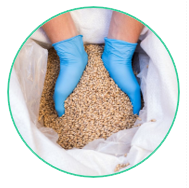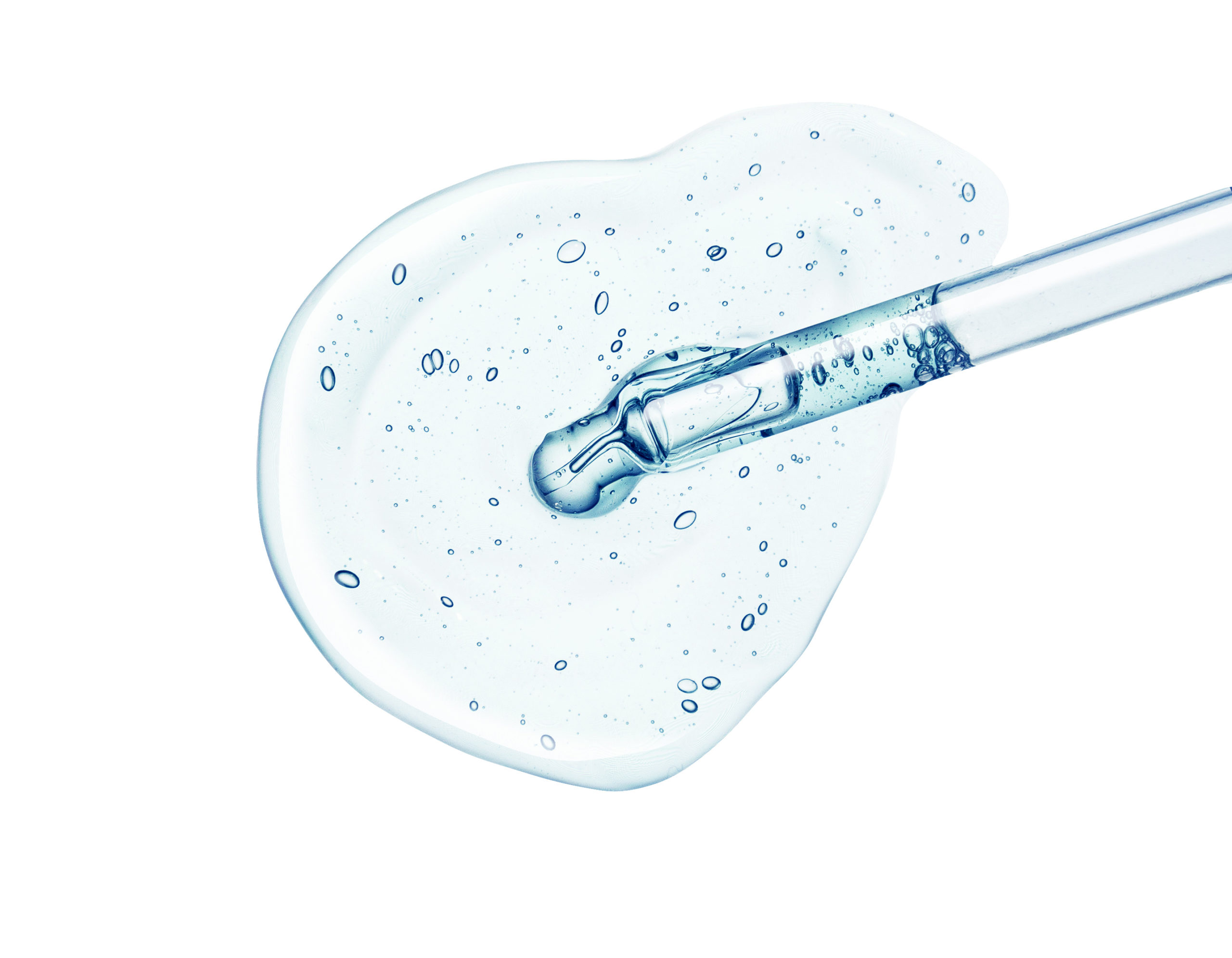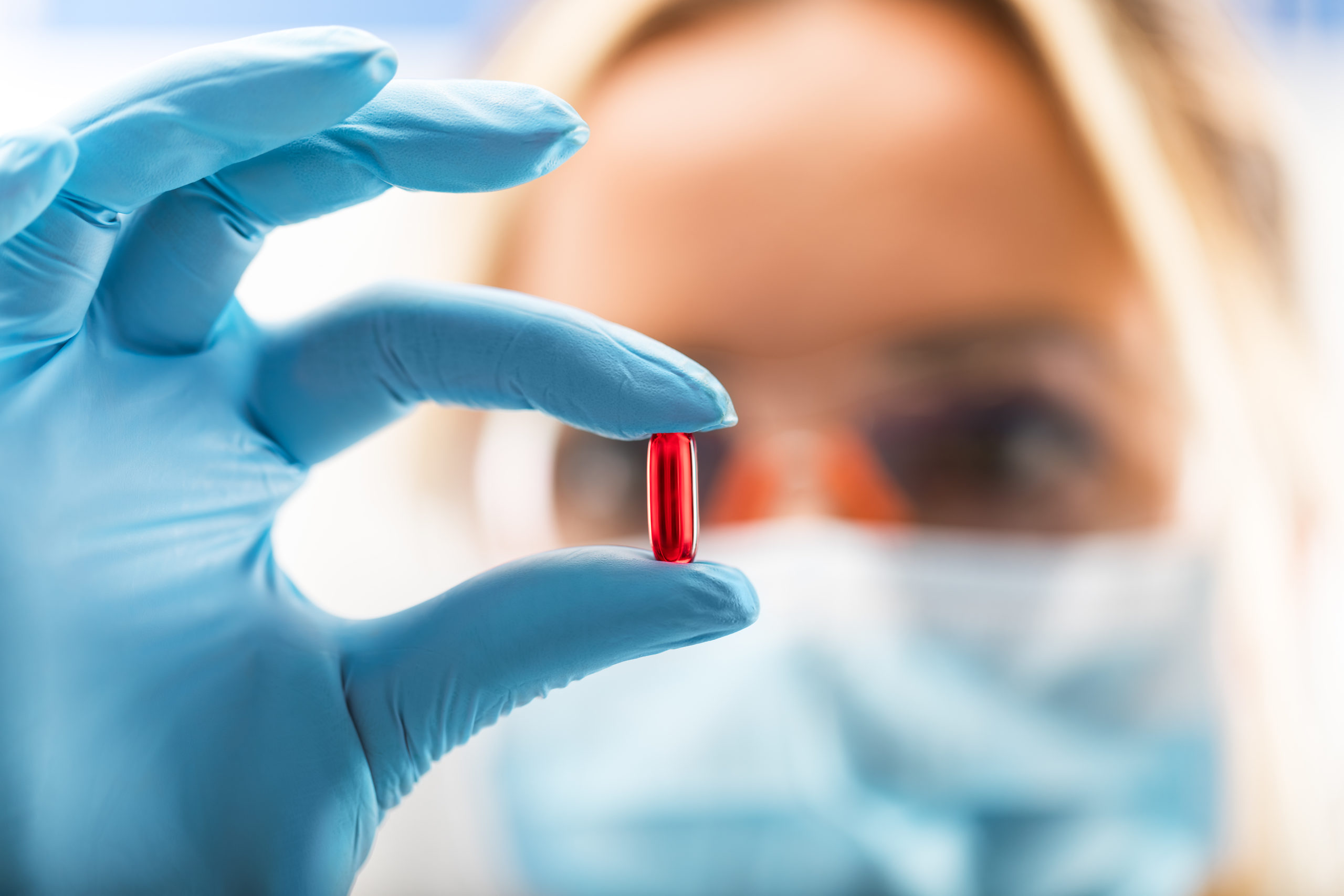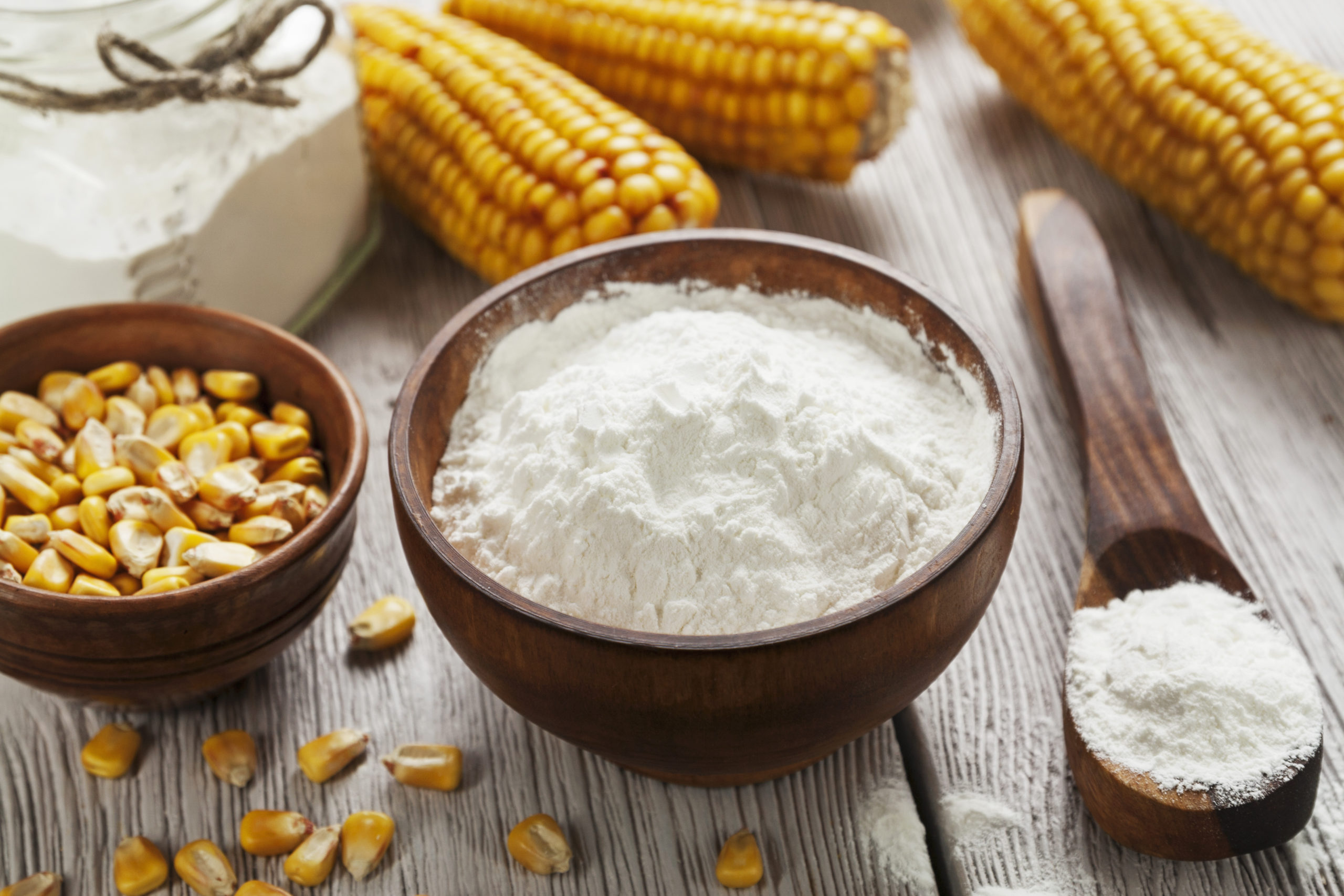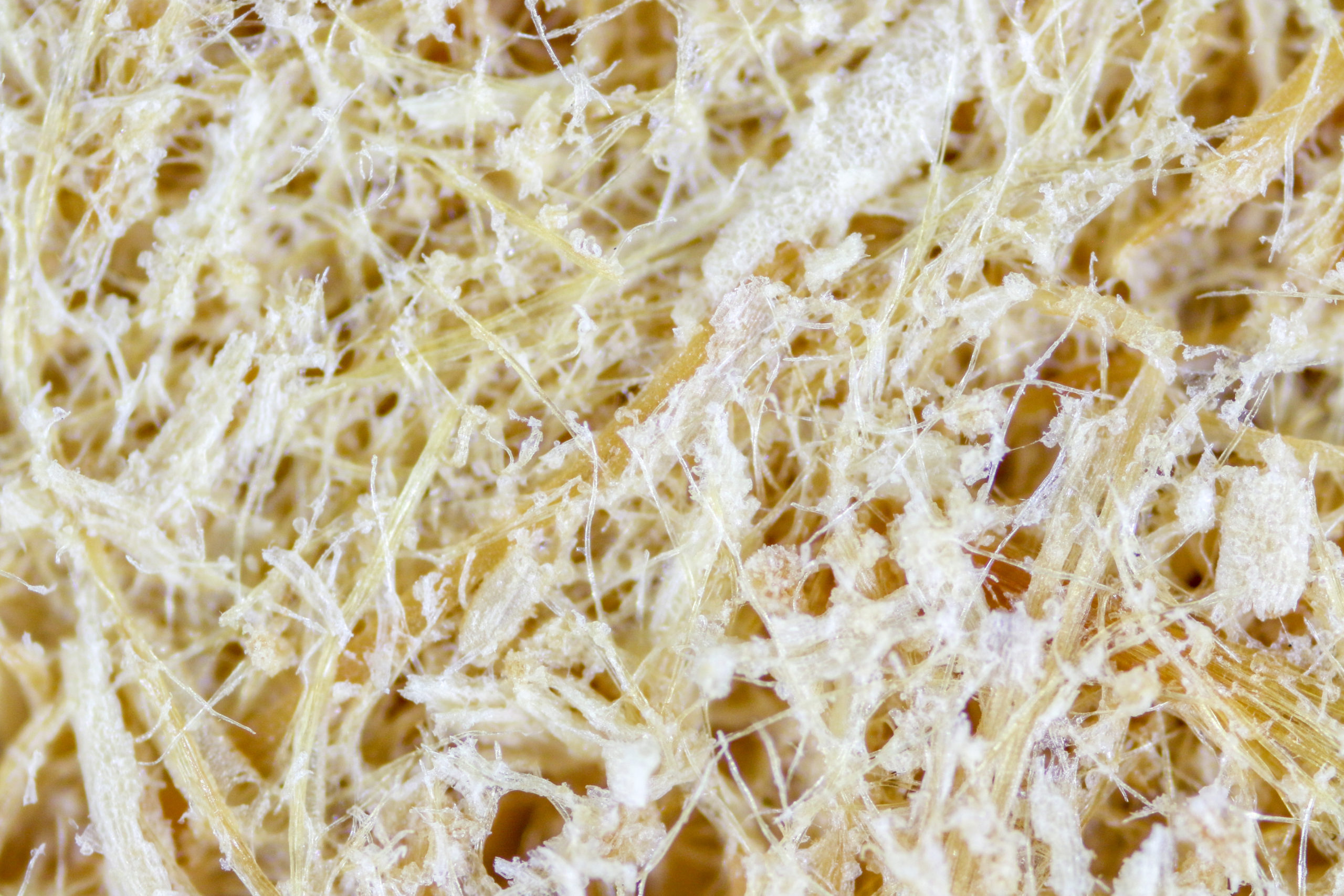Biopolymers
Biopolymers
Perhaps the fastest growth area in commercial polymer science is the field of biopolymers. Biopolymers are unique because they are created using natural sources, thus providing new opportunities in green engineering, packaging, cosmetic and food industries, and medicine (tissue engineering).
When monitoring the degradation of biopolymers, GPC/SEC data is critical. However, characterization of biopolymers by GPC/SEC is challenging due to the nature of these materials. Typically such polymers carry various active sites with a range of polarities on their molecular chains, causing difficulties in obtaining complete recovery through common GPC/SEC columns. PolyAnalytik has successfully completed many projects developing multi-detection GPC/SEC methods using proprietary polar and non-polar columns. These columns have provided a tremendous edge for complete characterization of popular biopolymers such as Polylactic Acid (PLA),
When monitoring the degradation of biopolymers, GPC/SEC data is critical. However, characterization of biopolymers by GPC/SEC is challenging due to the nature of these materials. Typically such polymers carry various active sites with a range of polarities on their molecular chains, causing difficulties in obtaining complete recovery through common GPC/SEC columns. PolyAnalytik has successfully completed many projects developing multi-detection GPC/SEC methods using proprietary polar and non-polar columns. These columns have provided a tremendous edge for complete characterization of popular biopolymers such as Polylactic Acid (PLA), Polyhydroxybutyrate (PHB), Polycaprolactone (PCL), Chitosan, Beta Glucans, Starches and Cellulosic Materials.



